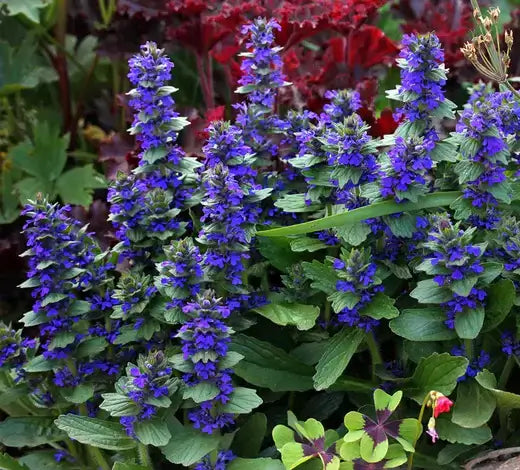The Top 5 Ground Covers That Are Easy To Grow
When you are ready to grow ground covers instead of traditional grass, you need to know which plants will be most effective on your lawn. For the most part, you will have a brief time growing these plants because they provide the coverage you need without all the watering and fertilizing that will go into the grass. Plus, you need to look at your options because you need to choose the colors you will enjoy seeing on your lawn daily. Try each of these plants in different parts of the yard to get good results.
Honeysuckle Vine Over Maple Trees
You might have thought of planting maple trees at some point, and you will find that they require too much work in most cases. You can plant honeysuckle vines because they will grow up and out in an exciting way. Plus, you will be amazed that these honeysuckles still taste nice. It is effortless for you to come up with a plan to plant these vines because they can border your whole lawn.
Wisteria
It is an excellent plant because it has that soft purple and blue color that you will love. That is an excellent color for you to plant on your lawn because most plants are not this color. Plus, it would help if you remembered that the wisteria would hold up because it is slightly more hearty than the other options you might have.
Partridge Berry Plant
The partridge berry plant is an excellent little plant that provides berries. You might see the local animals eating. Plus, you can use this bush by your mailbox and in the corners of the lawn where you need to build up space just a little bit. Also, it would help if you remembered that most people who plant this bush might want to add it to a garden where they are growing fruits or berries.
English Ivy
Unlike a honeysuckle vine, English ivy is very bright and green. You can plant this ground cover everywhere and get the most vibrant color you have ever seen. It would be best if you decided how to use the vines because they need to snake across your property and cover everything. You could allow them to lie on the ground, or you could even let them grow up around the mailbox post.
Ajuga
The Ajuga is also called the bugleweed because it grows straight up, like it might be standing at attention. That is an exciting plant because it can provide you with the coloring you need while also providing you with a lot of ground cover, because they tend to stand apart when you have them spread across the lawn. That is an excellent plant for coverage, and it can help you add more purple to the lawn you have been missing. Each of the plants above will make your lawn look beautiful and help you avoid planting grass.

